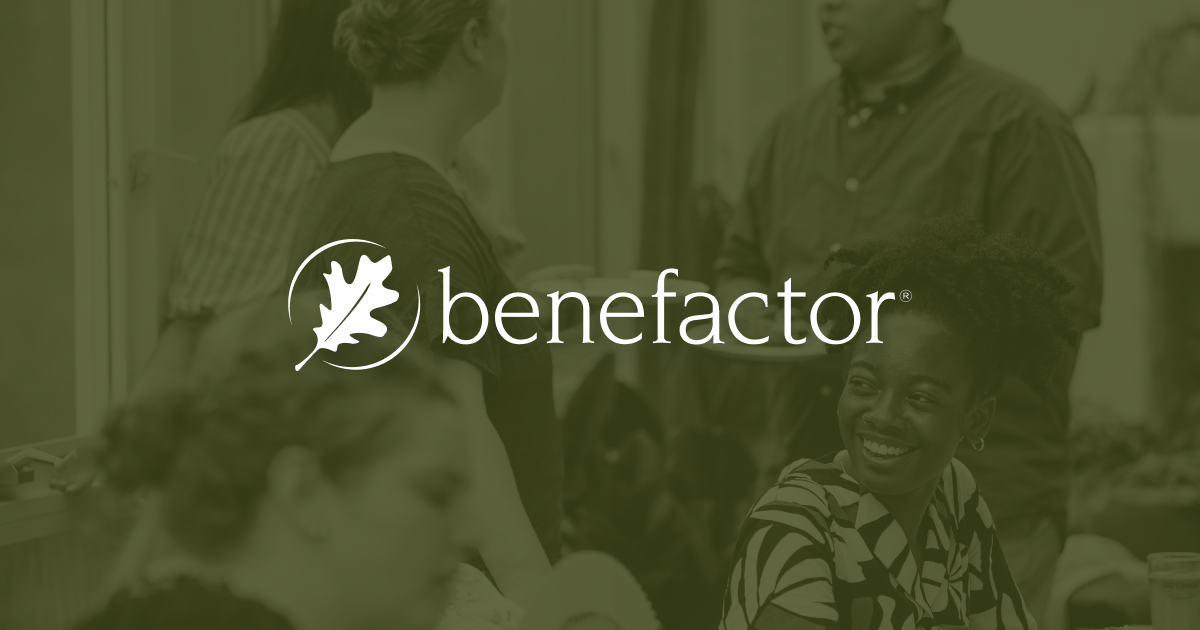Every day, we choose from a wide variety of tools to retrieve the latest news from our favorite businesses, brands, and nonprofit organizations. Some people scroll through emails while others hop on Twitter or Facebook to learn the latest buzz. Some people still prefer to flip through a newspaper or receive a mailed letter.
The number and types of tools available to consume information grow and change every day. As a nonprofit organization, and specifically, as a development office, the important question is, do you know how your donors are consuming information about your organization?
Your Go-to Guide For Nonprofit Strategic Planning
Access the Strategic Planning eBook
Nonprofits often come to Benefactor Group with a simple charge: Help us tell our story better. We take the time to get to know an organization from the inside out, reviewing mission statements and internal documents and engaging in conversations with staff, board members, donors, and other crucial stakeholders. Whether it’s a one-page memo or a thorough case for support, we go through the same process to develop a rich and well-rounded narrative for each client.
But how you share your message is just as important as the message itself. It’s like standing on a street corner with a bullhorn and no listeners. In order to share your perfectly-crafted narrative with your constituency, you must be aware of how they consume information about you.
Consider doing the following data analysis to discover the best vehicles to deliver your message:
1. Survey your supporters. Ask questions like these and list multiple choice answers:
- What is your preferred method of contact from us?
- What is your preferred method of contact from us?
- How often do you visit our website and social media?
- Do you read snail mail (or throw it away)?
- Is our social media presence important to you? Why? Why not?
- What stories about the people we serve do you like most?
2. Track and analyze your communications data.
- For your website, use Google analytics to track page views, unique visitors and trends of increased or decreased use
- For social media, track the growth in key metric areas, such as Facebook followers, likes and comments; and Twitter retweets and favorites
- For email, track the open, click-through and unsubscribe rates from month to month
3. Test your messaging
- Most email newsletter services offer an A/B testing option to test two different subject lines in order to maximize open rates
- Test the emotional appeal of a message by including photos of your end beneficiaries in one message
- Increase the personal connection of your messages by putting the photos of staff members and leadership in the message
Once you have collected the data, identify the positive and negative response trends. The results will help inform the choices you make about which vehicles to use and how to use them. You may find that an email featuring photos of your program sites are forwarded the most, or that social media posts with personal testimonies from volunteers get the most Facebook likes. This process ultimately helps you make more informed choices about the way you share your message and connect your supporters to your nonprofit.






